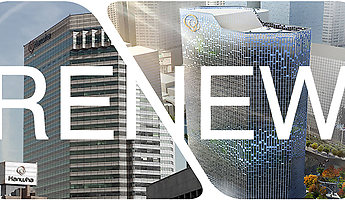
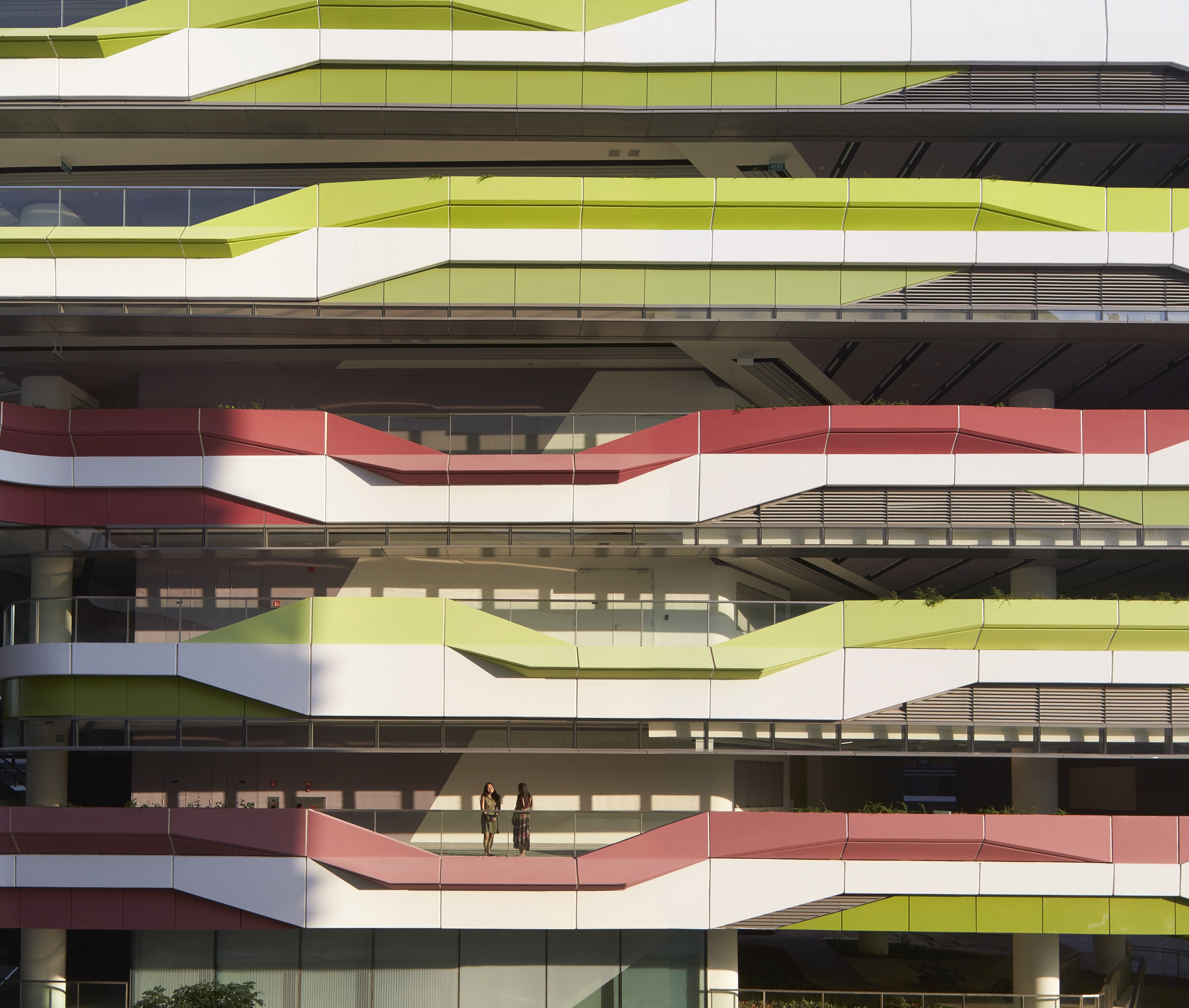
Optimisation vs. Adaptation: Adaptive Facades
The previous post, ‘Optimisation vs. Adaptation: Multi-Parameter Optimisation’, explained how this system of optimisation allows for balancing various objectives with the Rhino plug-in Octopus. This post questions whether the strength of the software could be matched in the facade it produces.
When examining the computational rigour that goes into designing a facade system, one is inclined to question, ‘Why can’t contemporary facades be as intelligent as the programmes used to create them? Why is it that we use these programmes to distil a generalised solution rather than a responsive one that can react situationally?’
By developing adaptive facade systems, architectural designers took an important step towards answering these queries, which represent a growing field of research and exploration. By utilising dynamic mechanics, an adaptive facade system can continually optimise its form to withstand the environmental conditions. It follows that these systems must maintain a certain flexibility and intelligence to respond actively to fluctuations in environmental stimuli. These systems do not require constant variability, but simply enough dynamic flexibility to account for climatic fluctuations. Even monthly adaptations could lead to energy and comfort performance increases.

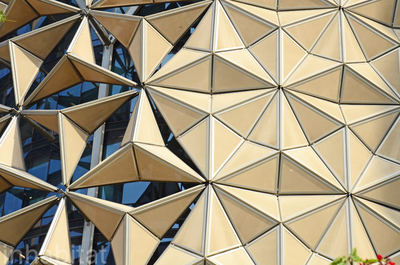
Facade of Al Bahr Towers, Abu Dhabi by Aedas Architects
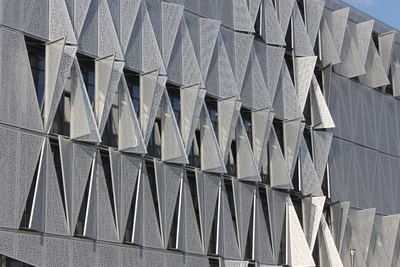
Facade of SDU University of Southern Denmark, Campus Kolding by Henning Larsen Architects
When optimising a series of objectives, there is always a convergence of data that, in terms of computational efficiency is ideal, but with regard to recognising the data set as a whole is selective and restrictive. In contrast, adaptability grants a systematic flexibility that allows the optimal data to fluctuate given specific changes in stimuli. In another sense, adaptable systems are essentially self-optimising; they can allow a facade to compensate for climatic fluctuations and changing occupant needs depending on the transient conditions they detect.
A system using adaptable multi-parameter optimisation calculates a desirable median-optimality across various parameters, as well as adjusts the intensity of individual parameters based on their necessity at a given point in time. In this type of scenario, the system is able to cross-reference multiple objectives, as well as to continually weigh the situational importance of those individual factors.

In a non-adaptive system of multi-parameter optimisation, shown at left above, the data in use can cover the entire range of the system. While this range can be limited to a degree at the beginning of a project, these systems fail to give a precise cluster of data under selective conditions. This system works best for non-fluctuating conditions such as building volume.
In the centre graph, a system adapts for one parameter - 'x' - say, daylight shading. The system can adapt during nighttime, when there is no need to optimise that parameter, and focus on parameters y and z. Note the increased clustering of the data pools in the far right example compared to the two latter.
Adaptation can also be introduced to multiple parameters just as it was to a single one. When more of the parameters in the system are adaptable, there is an increased performance granted to specific objectives at certain times. The example at right adapts two parameters, x and y, which can increase or decrease their importance depending on time, or the third parameter z.

Within an adaptive scenario, optimisation occurs situationally rather than globally. The system continuously calculates optimal performance in relation to specific points in time rather than static points predetermined prior to implementation. Adaptation grants a versatility that can account for seasonal variability, daily weather pattern fluctuation or even future climatic drift. At any time, no matter the conditions of its initial conception, a building can be optimised for its surrounding environmental conditions.
UNStudio's portfolio includes a number of projects incorporating optimised facade systems. Amongst them are the Tour Bioclimatique in Paris, whose massing treatment was developed from a study of wind patterns, sun angle and view orientation. The resulting facade system intended to optimise these parameters over all four seasons.
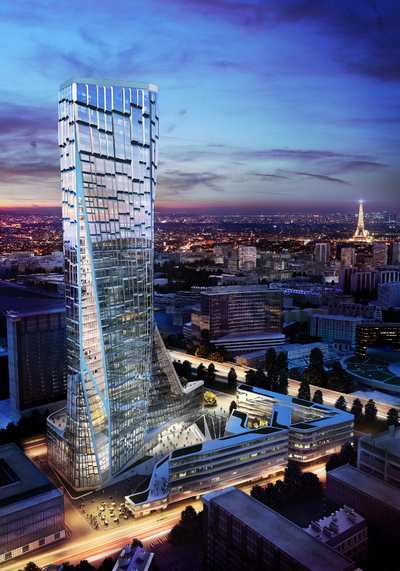
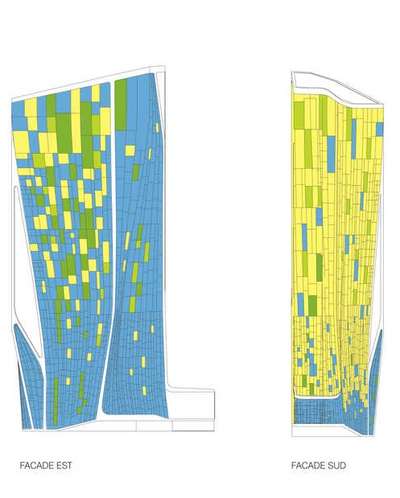
The design of the Singapore University of Technology and Design creates a glare-free indoor environment and utilises a system of optimally-positioned horizontal shades to reflect and diffuse daylight into the interior spaces.
The Tour Bioclimatique, SUTD and many other UNStudio projects rethink the way facade systems can function over time, aligning their capabilities with that of the robust tools used in their initial design.
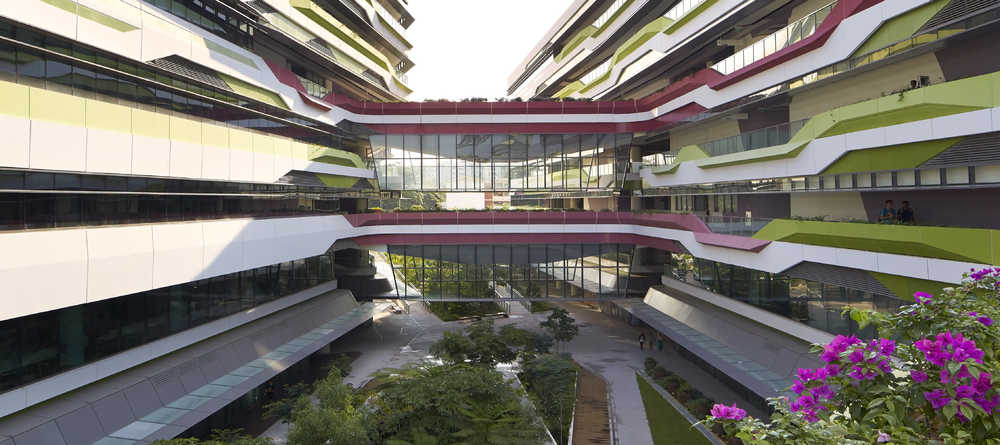
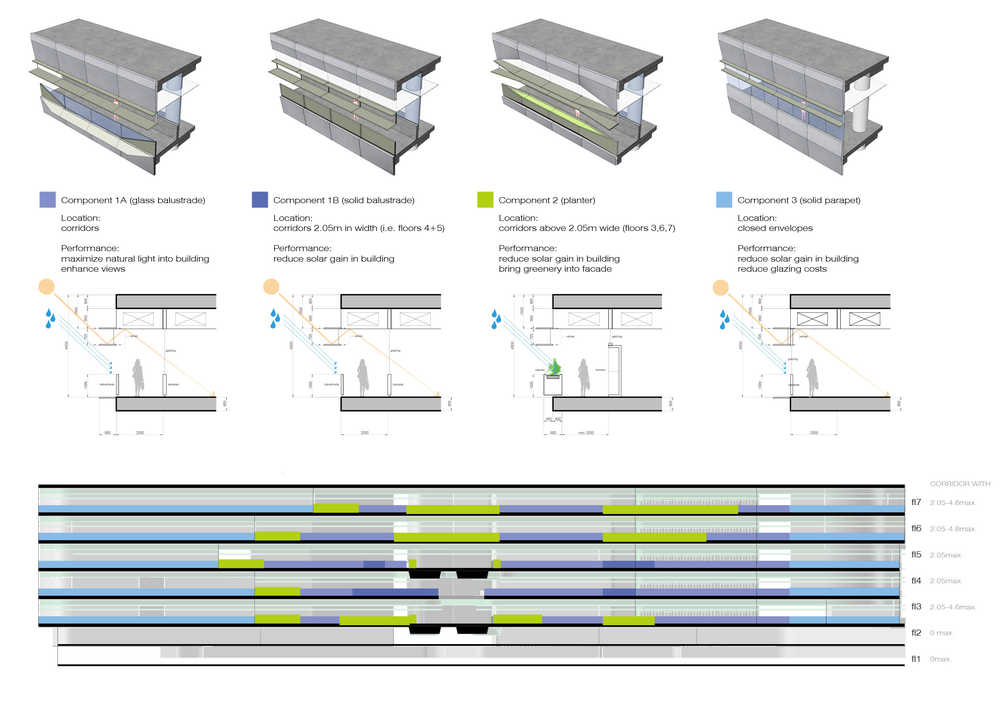
UNStudio Team: Ryan Henriksen

